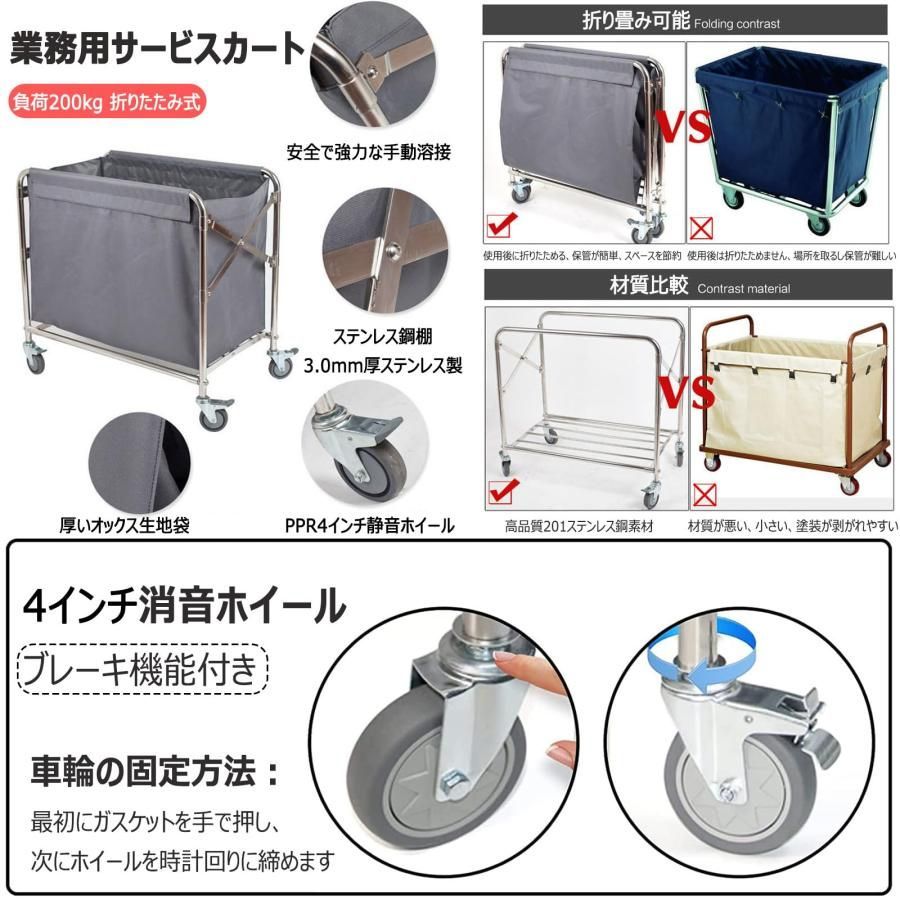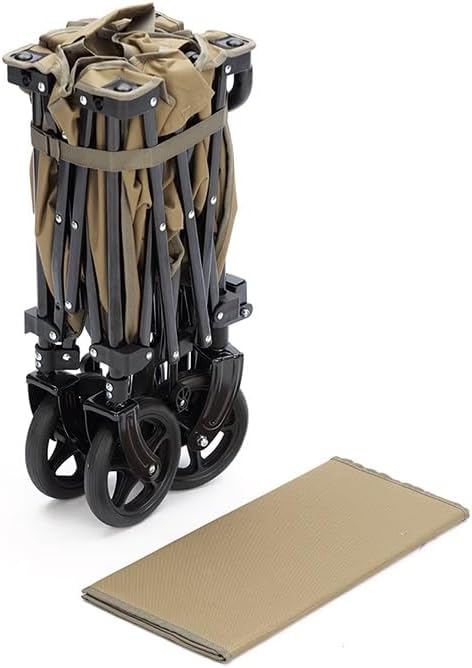
マイストア
変更
お店で受け取る
(送料無料)
配送する
納期目安:
08月19日頃のお届け予定です。
決済方法が、クレジット、代金引換の場合に限ります。その他の決済方法の場合はこちらをご確認ください。
※土・日・祝日の注文の場合や在庫状況によって、商品のお届けにお時間をいただく場合がございます。
トロリーローリングカート 車輪付き ポータブルショッピングバッグトロリー 大容量 強力な耐荷重 車用オーガナイザー ショッピングや旅の詳細情報
撥水加工により、悪天候でも最大限の耐久性を確保します。使用しないときは、折りたたみ式のデザインで簡単に保管でき、バッグは簡単に取り外して掃除できます。バッグを取り外すと、最大40kgの軽量になります。特徴:
-
2
in
1デザインショッピングは2つのデザインが1つになっているため、複数の用途に使用できます。ショッピングカート、ハンドトラック、ランドリーカートとして毎日使用でき、ショッピングバッグを取り外して、必要に応じて食料品や箱を運ぶための軽量カートとして使用できます。
-
さまざまな道路に適しています2つの大きな車輪は丈夫なEVAソリッド素材でできており、耐摩耗性と静音性を備えています。滑り止めホイールは、でこぼこ道、舗装路、芝生など、さまざまな路面に耐えることができます。
-
実用的個人の持ち物を常に安全に保ち、買い物中に簡単に取り出せるように、ショッピングバッグに2つのサイドポケットとフロントジッパーポケットを設計しました。財布や携帯電話などの小物も簡単に収納できます。特徴:素材:アルミ合金+オックスフォード最大荷重:40KG
br/>展開時の寸法:101x44x32cm折りたたみ時の寸法:46x44x14cm
ブランド
MUVHSLJ(小さな店)
色
Grey
メーカー
MUVHSLJ(小さな店)
ショッピングカートのフレームはアルミ合金製で、軽量で耐久性があります。取り外し可能なショッピングバッグは、撥水・撥水加工のオックスフォード生地で作られています。バッグ上部のカバーには引き紐が付いており、物が飛び散るのを防ぎます。2つのサイドポケットとフロントのジッパーポケットには、水、傘、カード、財布、携帯電話などを収納できます。
多用途
-
この折りたたみ式ユーティリティカートは、ショッピングカート、ハンドトラック、ランドリーカートとして使用でき、多機能で実用的です。かさばるアイテムを移動する必要がある場合は、ショッピングバッグを分解して荷物カートとして使用できます。ショッピングバッグは取り外しと取り付けが簡単です。ハンドルは滑り止めスポンジで作られており、快適で人間工学に基づいており、アイテムを運ぶときに手首や腕を自由にします。
軽量で折りたたみ可能
-
折りたたみ式のショッピング用キャスター付きバックパックは、最大40kgの段ボール箱やその他のアイテムを収納できます。このショッピングカートの軽量で折りたたみ可能なフレームにより、持ち運びや保管が簡単になります。使用しないときは簡単に半分に折りたたんでコンパクトに収納でき、車のトランク、ベッドの下、クローゼット、キッチン、ガレージに簡単に収まります。
ご質問がございましたら、お問い合わせください。アフターサービススタッフが
24
時間以内に返信し、最適な解決策をご提案いたします。
-
2
in
1デザインショッピングは2つのデザインが1つになっているため、複数の用途に使用できます。ショッピングカート、ハンドトラック、ランドリーカートとして毎日使用でき、ショッピングバッグを取り外して、必要に応じて食料品や箱を運ぶための軽量カートとして使用できます。
-
さまざまな道路に適しています2つの大きな車輪は丈夫なEVAソリッド素材でできており、耐摩耗性と静音性を備えています。滑り止めホイールは、でこぼこ道、舗装路、芝生など、さまざまな路面に耐えることができます。
-
実用的個人の持ち物を常に安全に保ち、買い物中に簡単に取り出せるように、ショッピングバッグに2つのサイドポケットとフロントジッパーポケットを設計しました。財布や携帯電話などの小物も簡単に収納できます。特徴:素材:アルミ合金+オックスフォード最大荷重:40KG
br/>展開時の寸法:101x44x32cm折りたたみ時の寸法:46x44x14cm
ブランド
MUVHSLJ(小さな店)
色
Grey
メーカー
MUVHSLJ(小さな店)
ショッピングカートのフレームはアルミ合金製で、軽量で耐久性があります。取り外し可能なショッピングバッグは、撥水・撥水加工のオックスフォード生地で作られています。バッグ上部のカバーには引き紐が付いており、物が飛び散るのを防ぎます。2つのサイドポケットとフロントのジッパーポケットには、水、傘、カード、財布、携帯電話などを収納できます。
多用途
-
この折りたたみ式ユーティリティカートは、ショッピングカート、ハンドトラック、ランドリーカートとして使用でき、多機能で実用的です。かさばるアイテムを移動する必要がある場合は、ショッピングバッグを分解して荷物カートとして使用できます。ショッピングバッグは取り外しと取り付けが簡単です。ハンドルは滑り止めスポンジで作られており、快適で人間工学に基づいており、アイテムを運ぶときに手首や腕を自由にします。
軽量で折りたたみ可能
-
折りたたみ式のショッピング用キャスター付きバックパックは、最大40kgの段ボール箱やその他のアイテムを収納できます。このショッピングカートの軽量で折りたたみ可能なフレームにより、持ち運びや保管が簡単になります。使用しないときは簡単に半分に折りたたんでコンパクトに収納でき、車のトランク、ベッドの下、クローゼット、キッチン、ガレージに簡単に収まります。
ご質問がございましたら、お問い合わせください。アフターサービススタッフが
24
時間以内に返信し、最適な解決策をご提案いたします。
ベストセラーランキングです
近くの売り場の商品
カスタマーレビュー
オススメ度 4.7点
現在、666件のレビューが投稿されています。














![ゲイルスピード(GALE SPEED) 【Type-C ガラスコーティング仕様】 アルミニウム鍛造ホイール [R 600-17] ブ](https://m.media-amazon.com/images/I/61eK-6obGZL._AC_SL1000_.jpg)






